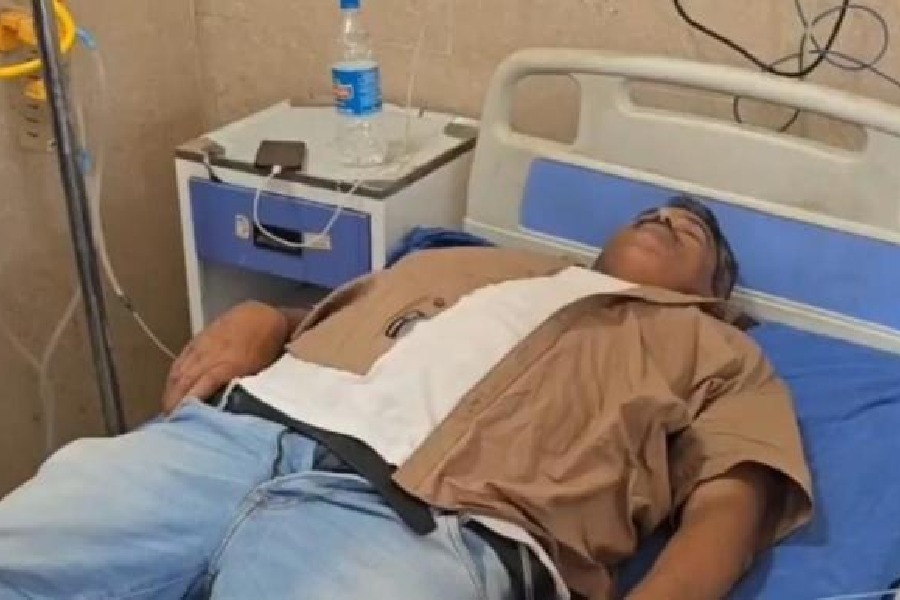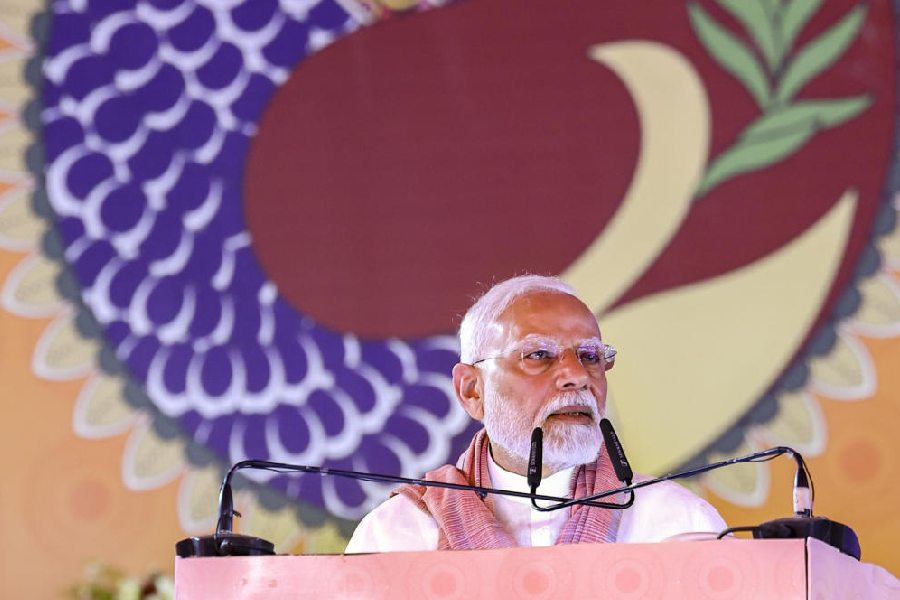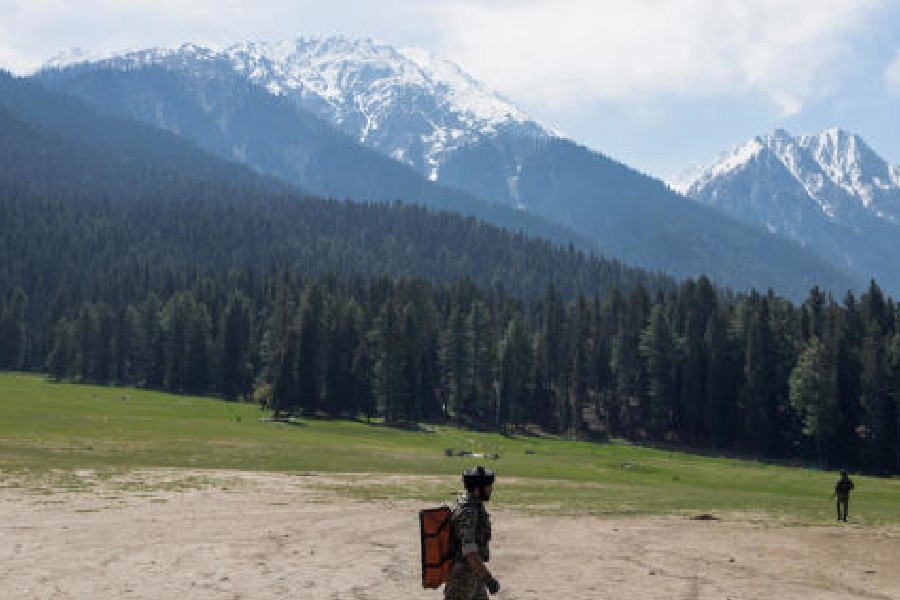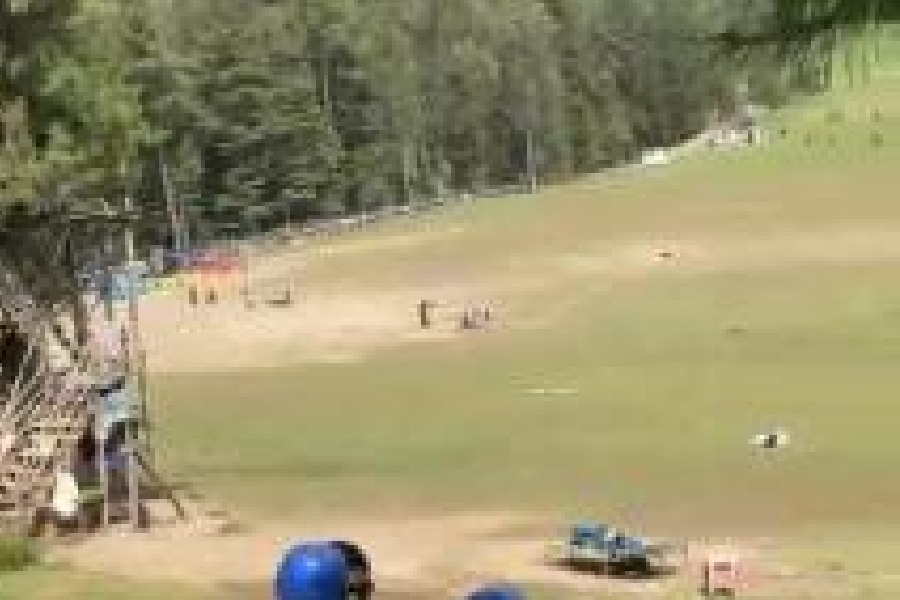 |
| Boris Yeltsin (in circle) makes a speech standing on a tank in front of the Russian parliament in Moscow on August 19, 1991. (AP) |
Moscow, April 23 (AP): When Boris Yeltsin climbed atop a tank to denounce the attempted coup by Soviet hardliners in August 1991, he was hailed around the world as a defender of democracy.
He smeared that reputation only 14 months later when he turned tanks on his own political opponents. The accolades ended when he used military force again in 1994 on the secessionist republic of Chechnya.
The man who urged Russians to resist the forces who tried to overthrow Soviet President Mikhail Gorbachev showed he was willing to use Soviet-style force to resolve his own crises. Yeltsin, the former Russian President, died today at age 76.
In what may have been his finest hour, Yeltsin scrambled atop a tank outside the Russian parliament building on August 19, 1991, the day after Gorbachev was put under arrest by the hardline coup plotters while vacationing in the Crimea. The marble building on the banks of the Moscow river had become the focal point of resistance to the coup. Tens of thousands of supporters surrounded the building known as the White House for three days to stave off an attack that never came. Barricades were constructed of steel rods and concrete, and buses and other vehicles were commandeered to block entrances to the building. In a grand symbolic gesture, Yeltsin called on Russians to resist the eight-man committee that had seized power and urged soldiers not to fire on their countrymen.
“The junta that has come to power will not stop at anything to keep that power,” he told a crowd of some 150,000 supporters. ‘They understand that things have reached the point that if they lose, they lose not only their armchairs, but they will be seated on court benches.”
Yeltsin spoke for only 10 minutes, saying there were snipers on rooftops of nearby buildings. But it was long enough to encourage key players in the military to defect and refuse orders to storm the building.
Fourteen months later, in October 1993, Yeltsin ordered troops to surround the parliament building where hardline lawmakers were holed up in a power struggle that had spun out of control. He launched a full-scale tank and artillery assault on the 19-storey building.
In December 1994, Yeltsin ordered troops into Chechnya,that declared independence shortly after the failed Soviet coup.










